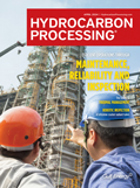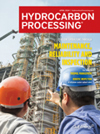August 2022
Columns
Viewpoint: The pathway towards autonomy: How process automation is building the future plant
Hydrocarbon Processing sat down with Jason Urso (JU), Chief Technology Officer, Honeywell Process Solutions, to discuss the current state of the process automation industry, how new technologies are enhancing efficiency and safety, and what the future holds for automation.







Comments